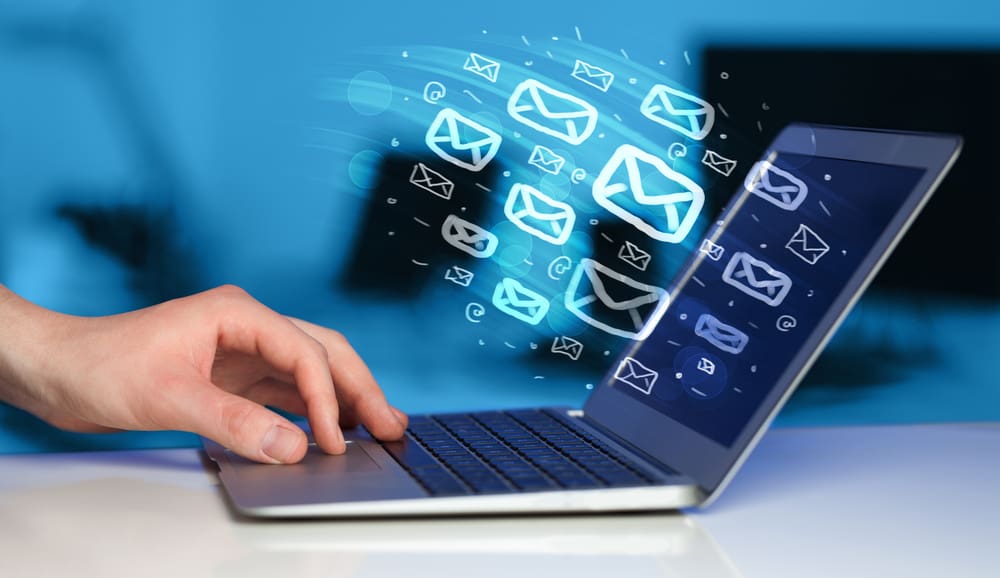How to Reduce Manual Invoice Data Entry
Automated invoice processing solutions eliminate manual data entry and free your AP staff to achieve lower costs, faster cycle times and better visibility.

If it feels like you are working longer hours these days, you are not alone.
Almost one-quarter of accounts payable (AP) professionals surveyed by the Institute of Finance and Management (IOFM) say their workday has grown since the start of the pandemic.
Eight percent of AP professionals are working an additional two hours per day – an eye-popping statistic when you consider that AP professionals were working long hours before the pandemic.
What’s more, many AP professionals would be working even longer hours if their company hadn’t put a stop to overtime as part of their cost reduction measures during the economic recession.
Why is it that so many AP professionals are burning the midnight oil?
Much of the blame for the increased AP workload can be pinned on remote work. Many businesses had difficulty adapting their manual and paper-based invoice processes to a remote work environment.
- Onboarding suppliers is more complicated.
- Getting invoices to purchasers for approval is harder.
- Keeping up with the status of invoices is trickier.
- Chasing down information takes longer.
- There are more calls and e-mails from suppliers inquiring about their invoice or payment.
However, nothing consumes more of an AP professional’s time than the keying of invoice data. Twenty-seven percent of AP pros say it’s their single biggest issue these days, according to IOFM.
Manual data entry has always been a burden to AP professionals.
In fact, the typical AP manager spends more time daily on manual tasks such as invoice keying. More so than on the managerial tasks they were hired to perform such as staff hiring and training.
But the shift to remote working has exposed and exacerbated the time that AP professionals spend keying (and double keying!) invoice data. The root of the problem is that most AP departments don’t have the technology for extracting and validating invoice data sent in an e-mail or as a PDF attachment. That includes the AP departments with optical character recognition (OCR) systems for extracting data from paper invoices. With e-mail as the main delivery channel for remote accounts receivable teams, many are keying even more invoice data.
It could be argued that e-mail is the new paper.
With APQC reporting that labor represents 60 percent of the overall cost of invoice processing for the median business, all this manual data entry wastes a lot of money as well as employee time.
That’s why more businesses of all sizes and across all industries are automating their AP.
5 Steps to Reduce Data Entry
Automated invoice processing solutions eliminate manual data entry in five ways:
1. Intelligent data capture. Automated invoice processing solutions use OCR, artificial intelligence (AI), and other technologies to extract header and line-item data from invoices. This includes the supplier’s name, invoice number, invoice due date, remittance address, product descriptions, and unit quantities and prices.
2. Data validation. Automated invoice processing software combines sophisticated algorithms, machine learning, and human operator review to ensure nearly flawless accuracy of captured invoice data, significantly reducing the need to re-key data downstream. Some providers of AP automation solutions guarantee the level of accuracy that their technology provides.
3. Invoice matching. The best invoice processing systems match captured invoice data against purchase order (PO) and proof-of-delivery information residing in an AP department’s enterprise resource planning (ERP) application or accounting system (two-way and three-way matching). Line-item data from invoices also can be matched to PO line items. Best-in-class invoice processing solutions also use invoice data to automate general ledger (GL) coding.
4. ERP posting. The best invoice processing solutions post invoice data directly to any legacy ERP application or accounting software. AP staff never have to re-key invoice data.
5. Reporting and analytics. Automated invoice processing solutions include built-in reporting tools such as graphical dashboards drill-down capabilities, mobile access, ad hoc reporting, and export capabilities, eliminating the need for staff to manually create AP reports.
By eliminating manual data entry, AP departments can achieve lower invoice processing costs and faster cycle times. They will spend less time fixing inevitable typos and other errors, and have better visibility
Importantly, eliminating manual data entry frees AP staff to focus more time on higher-value activities such as analyzing data, collaborating with stakeholders, and building supplier relationships.
___________________________________________________________________________________________________
Edenred Pay, an Edenred Company, is the global leader in invoice-to-pay automation. Our integrated platform connects businesses with suppliers, ERPs, banks, FinTechs, and payment rails to automate, optimize, and monetize the entire B2B payments lifecycle – from invoice receipt through payment reconciliation. Edenred Pay’s efficient, integrated solutions create a frictionless process and help deliver value to the enterprise by enhancing visibility and monetizing AP.
Visit www.edenredpay.com or contact us to learn more.



